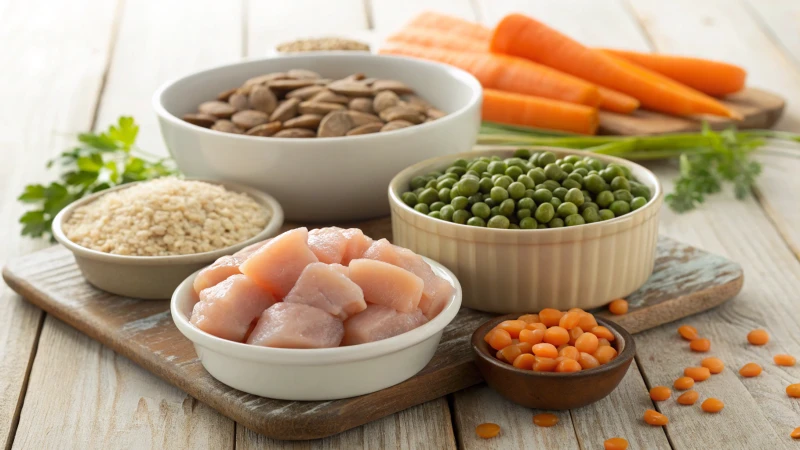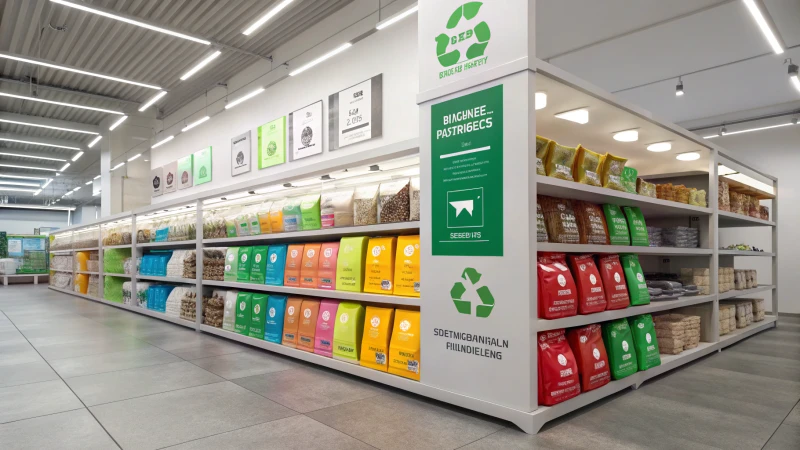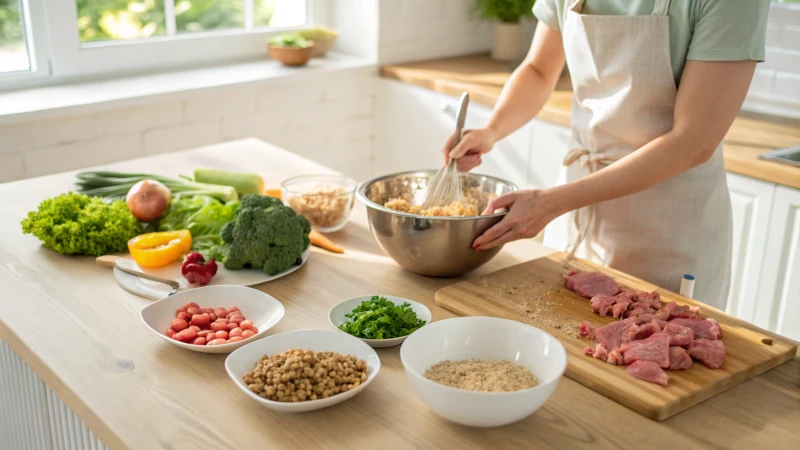
Pet food production is a booming industry, but achieving high-quality production standards while maintaining efficiency is a significant challenge for manufacturers. The success of a pet food production line depends heavily on the choice of materials used, as they directly affect the product's quality, safety, and marketability. Manufacturers who fail to choose the right materials often face product recalls, safety issues, and customer dissatisfaction. However, by understanding the essential materials required for a pet food production line, these challenges can be mitigated, ensuring smooth operations and top-tier product quality.
The main materials required for a pet food production line include raw ingredients for pet food formulation (such as proteins, grains, and supplements), packaging materials, cleaning agents for sanitation, lubricants for machinery, and various auxiliary materials like preservatives and binding agents. Proper selection and management of these materials are crucial for ensuring product safety, quality, and compliance with industry standards.
This article dives deeper into the key materials required for a pet food production line, their significance, and tips to ensure efficient handling and utilization. Keep reading to gain valuable insights that will optimize your production processes and enhance product quality.

Key Categories of Materials for Pet Food Production
To ensure a high-performing production line, you need to address the following categories of materials:
1. Raw Ingredients for Pet Food Formulation
The core of any pet food production line is the selection of raw ingredients. These materials form the nutritional and sensory foundation of the product. The main raw ingredients include:
| Catégorie | Exemples | Objectif |
|---|---|---|
| Protéines | Chicken, beef, fish, lamb, soy, eggs | Provide essential amino acids and energy |
| Glucides | Rice, corn, wheat, barley, sweet potatoes | Supply energy and aid in digestion |
| Graisses et huiles | Animal fats, fish oils, vegetable oils | Offer energy and promote healthy skin/coat |
| Vitamines et minéraux | Vitamin A, D, E, calcium, phosphorus | Ensure balanced nutrition and prevent diseases |
| Additifs fonctionnels | Probiotics, prebiotics, omega fatty acids | Enhance digestion, immunity, and coat health |
Proper sourcing of these ingredients is critical to ensure nutritional value, palatability, and compliance with pet food regulations.
2. Packaging Materials
Packaging plays a vital role in maintaining the freshness, safety, and market appeal of pet food. Common packaging materials include:
| Type | Exemples | Objectif |
|---|---|---|
| Flexible Plastics | Polyethylene (PE), Polypropylene (PP) | Protect against moisture, air, and contamination |
| Rigid Containers | Metal cans, glass jars | Ideal for wet pet foods with long shelf life |
| Cartons & Paper Bags | Kraft paper, coated paperboard | Suitable for dry kibble and eco-friendly options |
| Étiquettes | Adhesive labels, printed designs | Display product info, branding, and compliance |
Using food-grade, recyclable, or biodegradable materials can boost sustainability efforts and customer satisfaction.
3. Cleaning and Sanitation Agents
Maintaining hygiene in a pet food production line is critical to avoid contamination. Materials required for cleaning and sanitation include:
| Catégorie | Exemples | Objectif |
|---|---|---|
| Detergents | Alkaline cleaners, enzyme-based cleaners | Remove food residues and grease |
| Disinfectants | Chlorine-based, quaternary ammonium compounds | Eliminate bacteria, fungi, and viruses |
| Sanitizers | Alcohol-based or food-grade sanitizers | Ensure surface cleanliness and safety |
| Lubrifiants | Food-grade lubricants for machinery | Prevent wear and maintain equipment hygiene |
All cleaning agents must comply with food-grade standards to ensure no residues remain in the final product.
4. Auxiliary Materials
Additional materials are often required to optimize the production process and enhance the pet food's characteristics. Examples include:
| Type | Exemples | Objectif |
|---|---|---|
| Conservateurs | Mixed tocopherols, citric acid | Extend shelf life and prevent spoilage |
| Agents liants | Gums (guar gum, carrageenan), gelatin | Improve texture and binding of kibble |
| Flavors and Enhancers | Chicken broth, liver extract, fish oil | Enhance palatability and flavor appeal |
| Anti-Caking Agents | Silica, calcium silicate | Maintain dry powder consistency |
Tips for Managing Materials Effectively
Efficient material management ensures consistent production and high-quality outputs. Consider the following tips:
- Quality Assurance (QA): Implement rigorous QA protocols to test raw materials for contaminants and nutritional content.
- Inventory Control: Use a computerized inventory system to track material usage and avoid shortages or overstocking.
- Supplier Relationships: Build strong partnerships with reliable suppliers to ensure consistent delivery and quality.
- Conformité réglementaire : Adhere to standards such as AAFCO, FDA, and FEDIAF guidelines to ensure materials meet industry requirements.
- Durabilité: Opt for eco-friendly packaging and renewable raw materials to align with consumer trends and reduce environmental impact.
Example Workflow: Material Flow in a Pet Food Production Line
The following chart outlines the material flow in a typical pet food production line:
Raw Ingredients --> Grinding/Mixing --> Cooking/Extrusion --> Drying --> Coating/Flavoring --> Packaging --> Storage/DistributionEach stage requires specific materials, from raw ingredients to packaging, making it critical to streamline processes for efficiency and cost-effectiveness.

Conclusion
Understanding and selecting the right materials for a pet food production line is crucial for creating high-quality, nutritious, and market-competitive pet food products. From raw ingredients and packaging to cleaning agents and auxiliary materials, each category plays an integral role in the overall process. By investing in high-quality materials and efficient management practices, manufacturers can ensure safe, consistent, and appealing products that meet both regulatory and customer expectations.
Appel à l'action
Need expert guidance on sourcing materials for your pet food production line? Contact us today for customized solutions that meet your manufacturing needs and align with industry standards!










